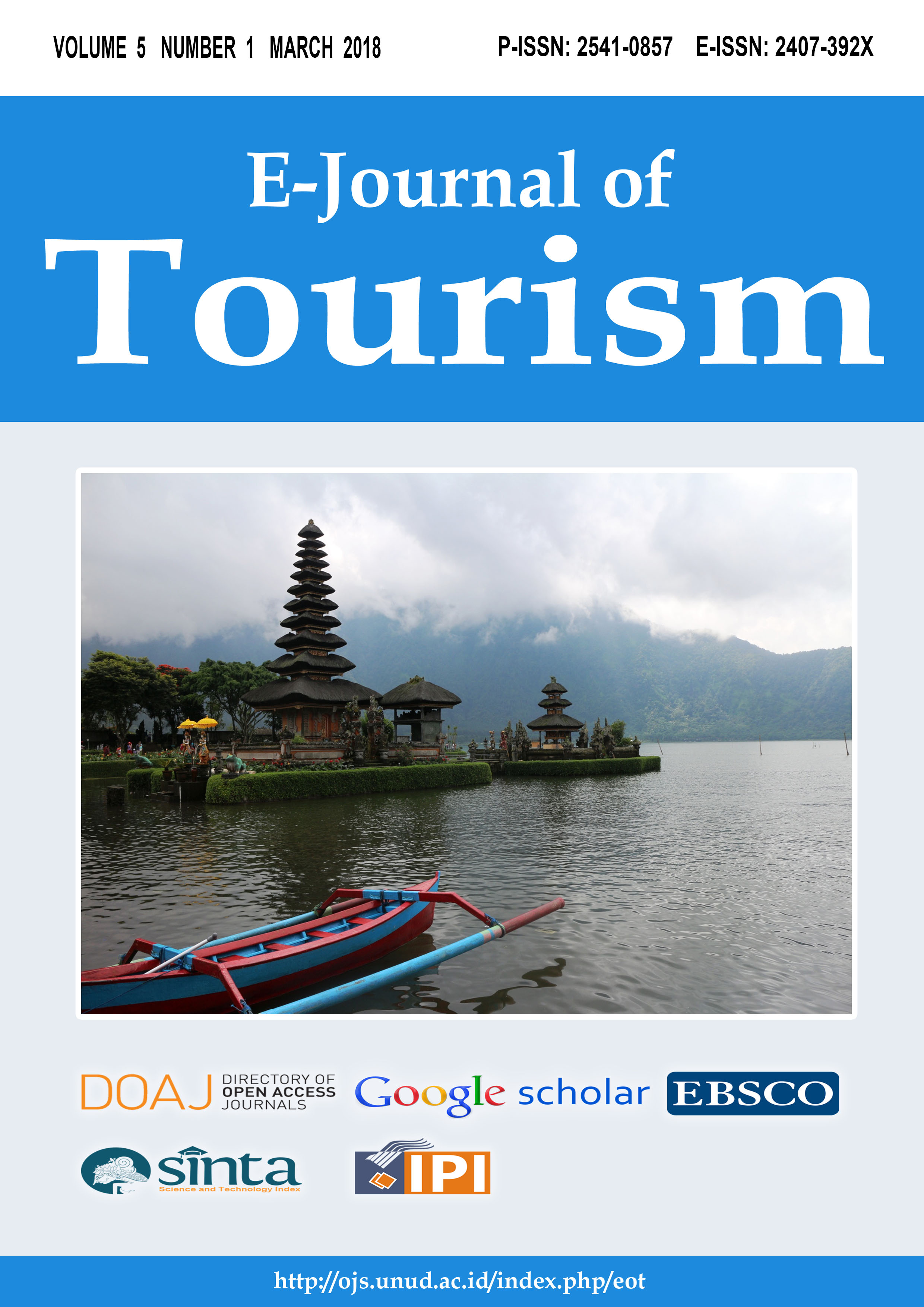The Multiplier Effect of Buying Local Gastronomy: Case of Sundanesse Restaurant
Abstract
Bandung is one of the cities in Indonesia which has a gastronomic diversity represents Sundanese culture as its original inhabitants. This capital city of West Java province has a lot of culture, history, and archeologyicons that are nuanced Sunda, and Colonial. Therefore, the city can be said as the city of heritage landmark (heritage-city), and gastronomical attractions can be integrated as Gastro-city. Currently the local food of Sundanese has many variants but the level of attractiveness of the food is still considered insufficient. Research was designed to find a decent meal variant proposed as a superior food; and find out what food variants as the main attraction of the city as well as to assess multiplier effect of buying local gastronomy. Both are expected to answer a question of what is base for the economic development of Bandung as Gastro city. It is also interesting to find out the multiplier effect of buying local gastronomy especially in Sundanese restaurant. The method used is descriptive exploratory study, also conducted professional assessment. Data collecting technique were observation, interviews, and examination of documents. Data was analysed using descriptive exploratory approach. The results showed that the Sundanese have a tourist attraction with the potential of the existence of 74 species featured menu consisting of appertizer, maincourse, dessert and drink as trademark. The food appeared in 24 ceremonies as a vibrant cultural event in the life cycle of Sunda tribe who live in the city of Bandung. The tourists also can enjoy a diverse featured menu in the 145 Sundanese restaurant in Bandung city. The value of the multiplier effect of tourist expenditure during the year amounting to 1,286 times that of the developing tourist spending.
Keywords: Gastronomy, Sundanese, Restaurant, Multiplier Effect, Tourist Attractions
Downloads

This work is licensed under a Creative Commons Attribution 4.0 International License.
The copyright of the received article shall be assigned to the journal as the publisher of the journal. The intended copyright includes the right to publish the article in various forms (including reprints). The journal maintains the publishing rights to the published articles.




















